We’re no strangers to the world of visual marketing, even if as unaware participants. The time and effort spent building the visual identity of that brand cannot be calculated, but it’s all achieved through the power of product photography.
According to LinkedIn, 75% of shoppers rely on product photos as a key tool in deciding on a purchase. No matter how well described, nothing can match literally seeing the item with your own eyes – it’s the bridge between the online and brick-and-mortar shopping experience. For this reason, savvy e-commerce brands need to think critically about how they use visual storytelling as a linchpin in their wider marketing efforts.
Competition online grows ever fiercer, and it isn’t feasible to rely on snapping standard product photos and throwing them up on the page anymore. So what can we do to differentiate our marketing and drive growth through photography?
We’ll cover the following points:



What are the challenges we face?
There are a couple of important factors to keep in mind when working to enhance your visual marketing efforts. The requirements to take truly high-quality product photography can be challenging. Therefore, it’s common for many e-commerce businesses to shy away from integrating visual storytelling, at least to begin with, and opt for alternatives such as stock photography instead. Here are some of the key challenges you’ll face when preparing to enhance your photographic efforts.
A dedicated studio space
You need a dedicated on-site location that can serve as the photography studio. The required size will vary greatly depending on the products you’re selling but will need to be enough to allow for easy movement and setup of the product.
Keep in mind that you’ll also need a few types of spaces, such as a white backdrop for direct product photos or a faux living space for lifestyle shots.


Quality equipment
Once you have the space, you need to invest in the right equipment. For many businesses, the minimum required infrastructure will include:
- Lighting for various shot types
- Cameras
- Camera lenses and accessories
- Photo editing software
- Computer hardware and storage solutions for bulk imagery
Your initial needs may change based on your product focus, but you shouldn’t be afraid to invest in equipment that will save you time during and after a shoot. That’s because, in the long run, the value of the time saved will be more than the cost of the one-off purchase.
Personnel with experience
Now you need to find staff who have the relevant experience and ability to take engaging images, as well as edit them.
Realistically, having someone who can handle the entire product photo cycle – from bringing the item in for photography to uploading the finished images on the site – is ideal. However, given the many demands of the role, don’t be concerned if more employees are required, especially depending on the scale of your operation.
Keep in mind that for lifestyle shots you may need to hire models as well. Search for skilled photographers in your area via Cherrydeck.

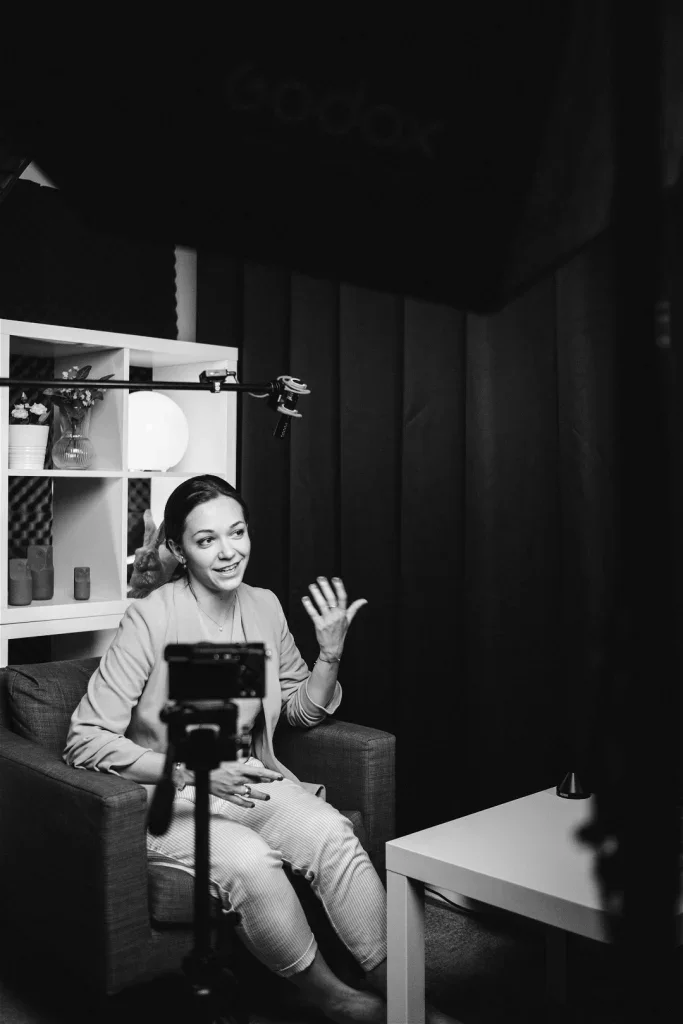
Capacity to manage workflow
The final challenge faced is simply having the time and resources to dedicate to the task. This includes the integration of photography into your marketing strategy and completing shoots in a timely fashion, in order to keep up with product releases.
Once you have the above sorted, you’ll be ready to start harnessing the power of visual storytelling to drive sales and grow your e-commerce business.
All-in-one solution: Branded Stock™
Renting a studio, buying all the necessary equipment, hiring short or long-term professional staff, and managing every photoshoot can be a long and exhausting process.
With Cherrydeck Branded Stock™, you don’t need to worry about any of that.
All you have to do is send out your products to selected photographers in your desired area. They will shoot your products remotely and in a timely manner, so you can put all your focus on your marketing initiatives!
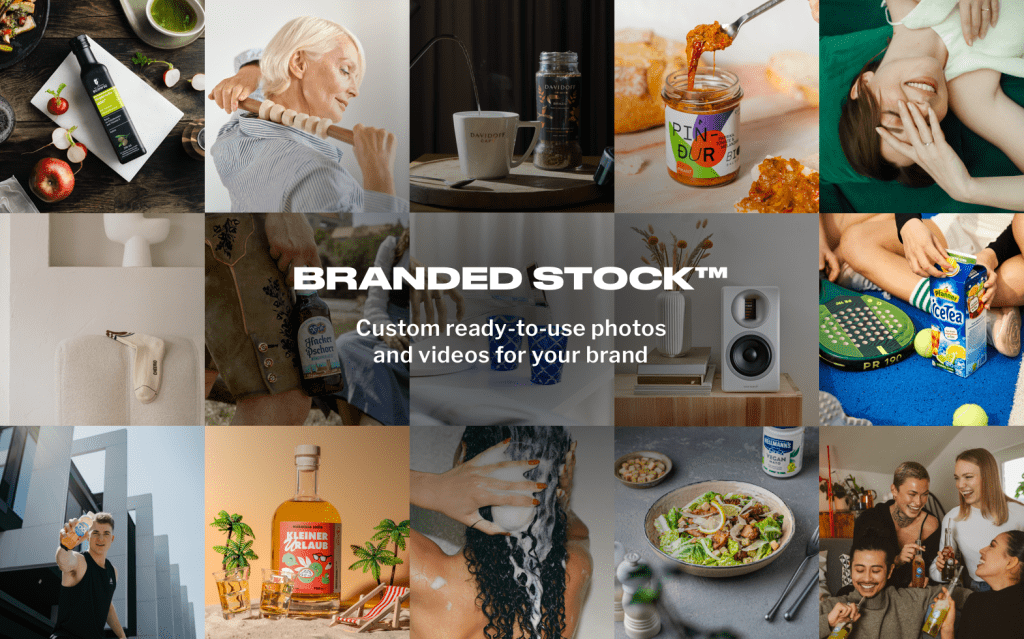
Types of Product Photography
Different products demand different approaches to photography. For example, clothing benefits from imagery showing a number of models wearing the item, though very few other products need that style of photography.
Identify what types of shots you want to take for a given product and work from there. There are several common styles of product photography, each demanding a unique approach and each with its own marketing strength.
Close-up shots
These are vital to showing the product in the best detail, ensuring prospective buyers get a good understanding of the intricacies of the item they’re viewing. This is especially important for small items that can be difficult to otherwise capture.
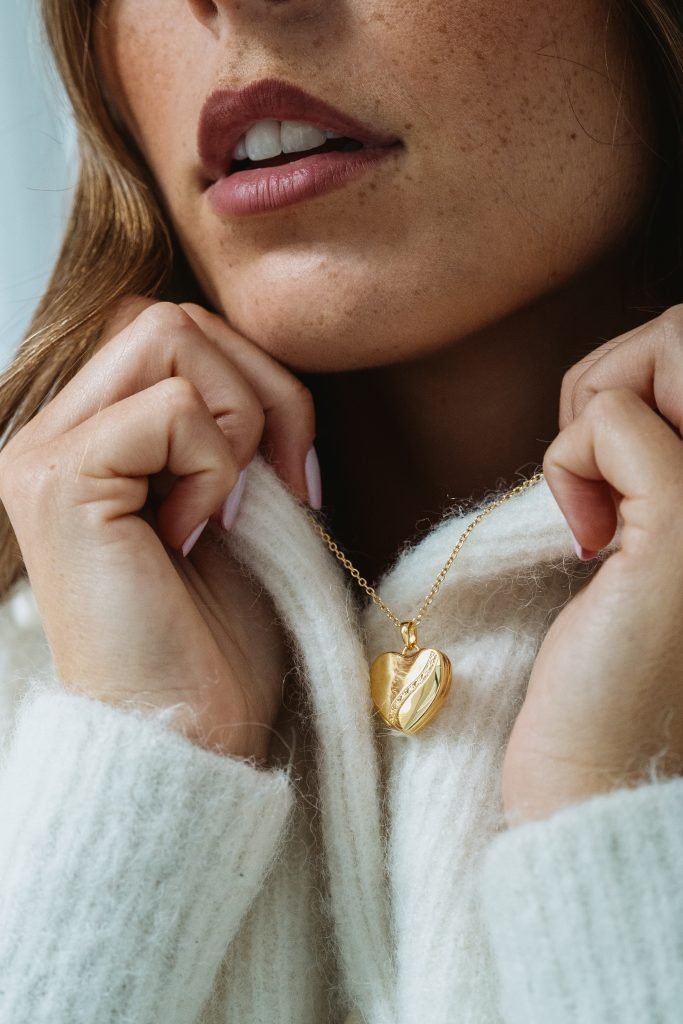

Lifestyle photography
This is a key method of photography for large items, such as furniture, clothing, or aesthetic purchases. Giving a buyer a vision of how the item will look in a real scenario can help persuade them to commit to a purchase.
Some brands are even experimenting with augmented reality to allow buyers to virtually place the product in their home. The benefits of a virtual assistant are still being explored further, especially as AI is coming to the forefront of marketing efforts.

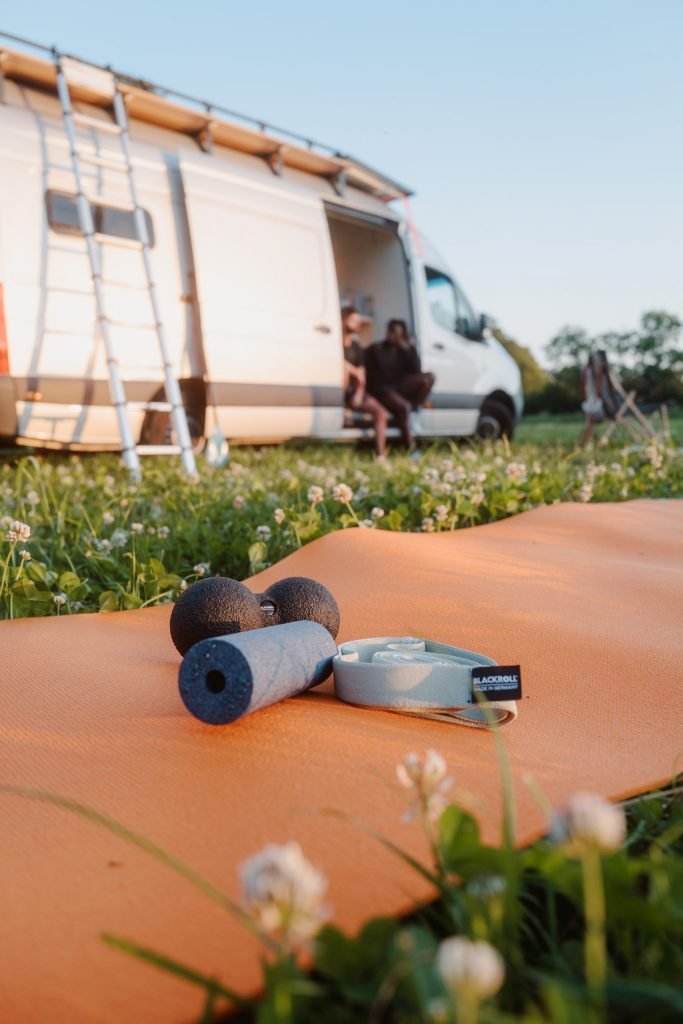
Scale shots
Another important tool in your photography arsenal – showing the product in reference to other items, such as being held by a person, to give the buyer a good understanding of the scale, size, and dimension of the product.
This can supplement product information measurements and further solidify a purchasing decision.
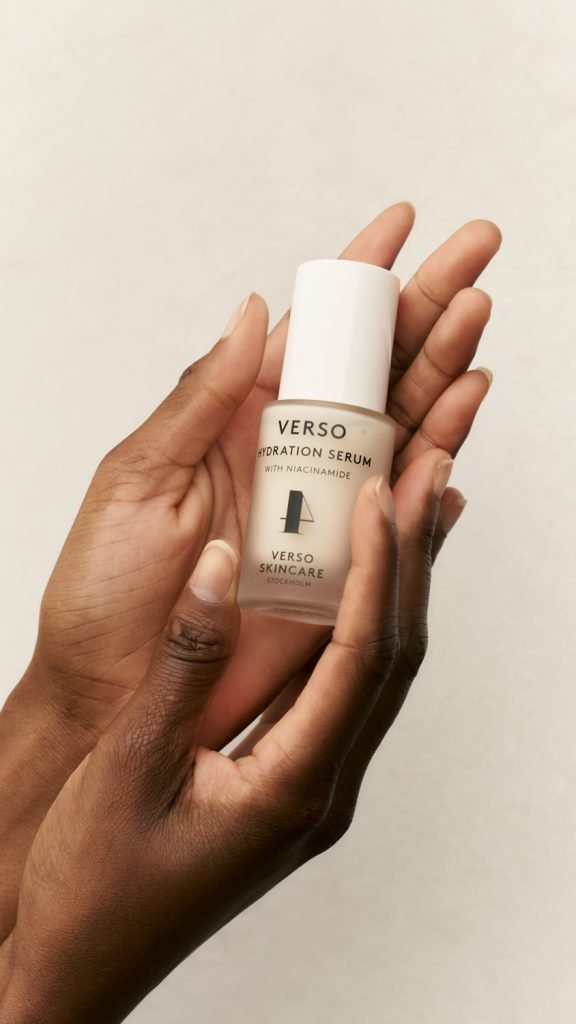

Marketing tools powered by photography
You’ve got the equipment, the studio, and the team, you’ve taken high-quality photos and are ready to put them to use. Finding the right ways to integrate them not just as on-site product imagery but as potent marketing tools can be tricky, but there are several ways to stand out.
Use custom photos for non-exclusive products
If your business sells a range of products that are not exclusive to your online store, it is likely that you will have been provided boilerplate imagery and content from the manufacturer themselves.
Go a step further to outdo competing retailers and take your own product photography of the items, perhaps in ways that the manufacturer hasn’t – lifestyle shots, for example. It’s important to have an open dialogue with manufacturers and ensure they’re happy for you to use custom imagery, though it’s likely that they will need to approve it before use on your site.
It’s also worth leveraging content video production as a means to further separate your business from other retailers. Think about a preview or review-style video that discusses the product and can show it in motion to a prospective buyer, while better elaborating on key features that even static images might fail to portray.
Build your visual identity through organic social channels
Although the end goal is to drive conversions and sales, the process of taking a customer from unawareness to purchase is complex. One of the best methods to manage this is by leveraging social media trends to take product photography that feels more natural and hasn’t been pitched as a direct sale.
Use the opportunity to build trust in your brand by including your domain name in the background of the image, but don’t push the sale too hard. Create supporting content that has little upselling in it and instead, seek to engage an audience who may not be aware of the product or your business.
Create a brick-and-mortar experience
Although many people appreciate the ease and convenience online retail offers, the long-vaunted claims of in-person shopping dying off have been largely over-exaggerated. According to Zippia, 87% of purchases are made at physical locations and only 13% online. We should take steps to improve the user experience and craft a brick-and-mortar experience – and photography is a key part of that.
Use a range of photo techniques – closeup, lifestyle, and scale – to give as much visual information to the user as possible and provide detailed product information. Back this up with rich media where possible, and provide virtual assistants to help answer common questions.
Allow for community engagement through social channels by offering rewards for photos taken in real-life scenarios, and then use customer intelligence solutions to better understand where your offering could improve. Tie all these together, and visitors will feel more confident in their purchasing decisions, even though they can’t physically see or handle an item.


Let’s Sum It Up
Now you’ve got a good idea of what it takes to use photography as a pillar in your marketing strategy, start integrating these concepts for your brand today. Don’t be afraid to experiment with your approach and see what resonates with your audience, especially when marketing via social channels – use it as your playground and go wild!
Focus on key product lines to begin with. Given the time it takes to achieve long-term results, you can’t afford to delay any further, but the growth potential is worth the challenge ahead.


